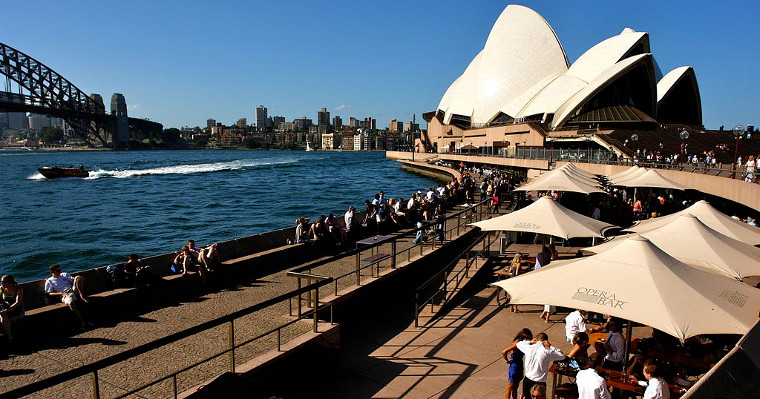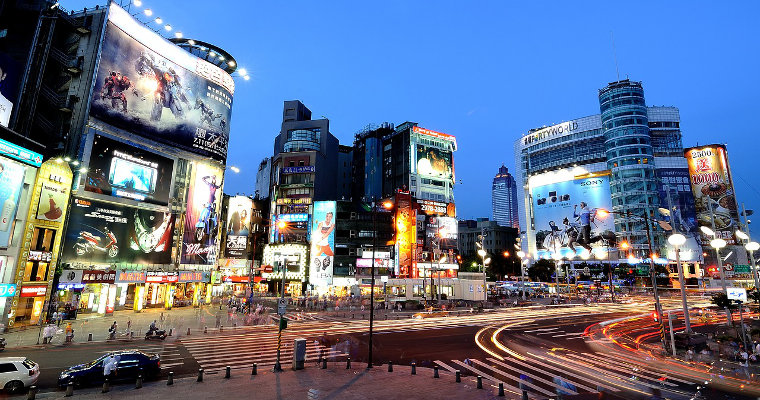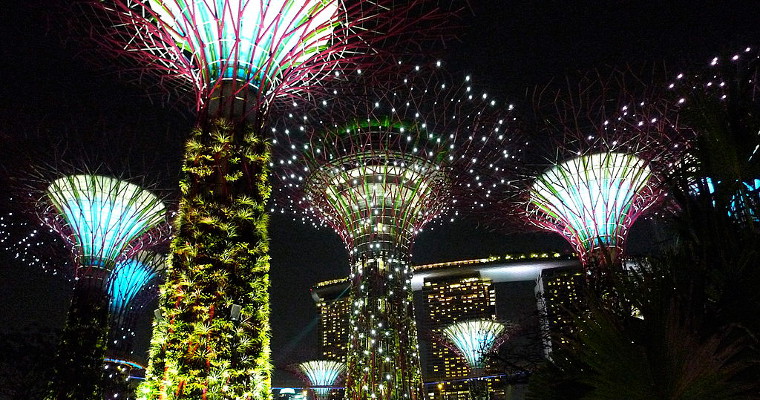
School exams for the kids are over, and that means one thing: Vacations. Where should you to go for that waterfall, street food, night market, resort and theme park adventure? If you haven’t finalised your trips yet, it’s time to buy that travel guide and fire up Google Maps for a bit of itinerary planning.
Here’s some ideas and tips to start you off on your plans:
1. Sydney, Gold Coast and Tasmania in Australia
Australia is relatively well-designed for wheelchair users. For one thing, it’s one of few countries that has an official accessible public toilet map.
If you’re looking for a city getaway, Sydney should be your first choice: you can roll right into sunset drinks and dinner at The Opera Bar at the iconic Sydney Opera House, or hit the shops while admiring the city’s historic architecture at Queen Victoria Building. For a rollercoaster of a time, head to Gold Coast, where Warner Brothers’ Movie World and Dracula’s Cabaret Restaurant are located – your heart rate is bound to spike with Dracula’s costumed waiters, comedy, rock, puppetry and horror.
For a more laid back time filled with fresh experiences, Tasmania’s the island. Get up close to Mount Field National Park’s three-tier waterfalls, Russell Falls; visit a farmer’s market for the island’s famed fresh produce; and check into a bed and breakfast that serves said produce.
2. Taipei, Taiwan

Ximending, Taipei at night (Public domain)
Taipei is generally wheelchair accessible, except for the second-floor cafes that are all over the city. You won’t go hungry at street level, though: night markets like Raohe Night Market bubble over all night, and most buildings past three storeys – like the world’s tallest green building, Taipei 101 – are fitted with elevators.
Taiwan is also known for its national parks so make sure to hop out of the city to Yangmingshan National Park for a hike: the Erziping Trail is barrier-free, has three ponds and wide-open spaces, gazebos and picnic benches for a butterfly and bird watching.
3. Hong Kong, China

Chinese temple in Hong Kong (KenLai/Wikimedia Commons/CC BY-SA 3.0)
Hong Kong’s not the first place that comes to mind when thinking about accessibility, and it’s true that you can’t tame this city entirely on a wheelchair. If you’re looking to visit the steep alleyways where the dai pai dongs (open-air food stalls) are, you’ll need a companion with some serious muscle power.
However, the Hong Kong tourism board has come to our rescue with a webpage dedicated to accessible travel. Here, you’ll find tips for shopping for antiques, linen, watches and clothes at Stanley Market, a trip to the scenic pagoda- and pavilion-grounded Ching Chung Koon temple, Hong Kong Disneyland Resort, Ocean Park and Hong Kong’s many modern shopping centres.
Having said all that, Hong Kong’s not the place you want to be stuck in traffic. The first order of business for visitors would be to read this guide to the city’s public transport.
4. Singapore

Gardens by the Bay (tee_eric/Wikimedia Commons/CC BY 2.0)
Even if you don’t have plans to go overseas for this year-end, you should consider the growing number of destinations in Singapore are friendly to the wheelchair-using local traveller. You can also keep these tips in mind for when you have wheelchair-using friends visiting from overseas.
For a bird’s eye view of the city skyline, get to the observation deck of the modern and imposing 57-storey Marina Bay Sands. The sprawling Gardens By The Bay is also largely accessible, as is the view of this futuristic garden that you can get from nearby Marina Barrage. For resort and rambunctious living, head to Sentosa Island, home to Shangri-La Rasa Sentosa and Spa and Universal Studios Singapore.